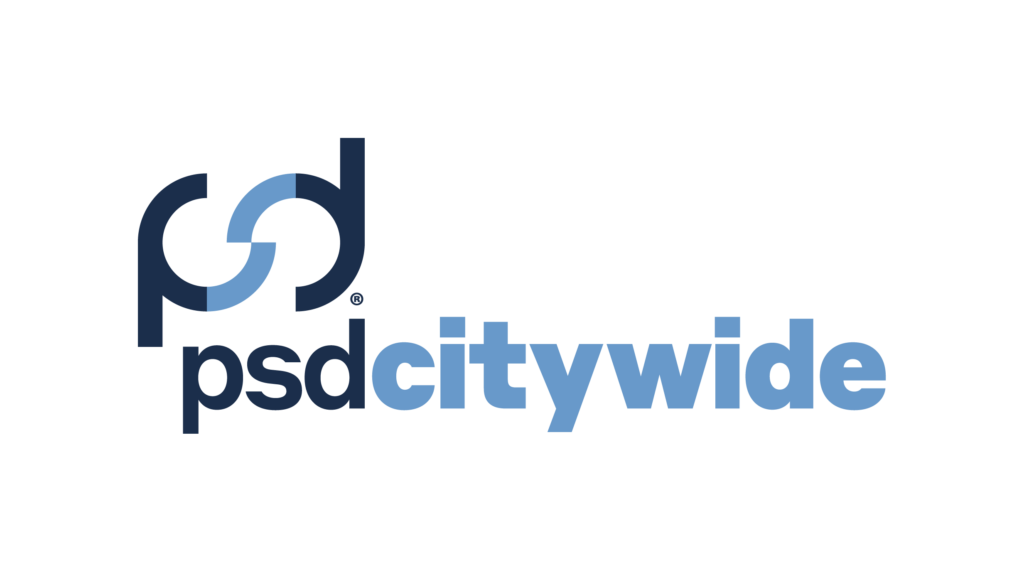Permitting is an essential step in building sustainable, safe communities. The permitting process is the formal procedure that government agencies and municipalities use to evaluate and approve applications for construction, development, or other regulated development activities. This process ensures that proposed projects comply with applicable laws, regulations, and standards related to community safety, land use zoning, municipal plans, building codes, and environment protection.
The permitting process is one of the most important steps in development, as it lays a foundation for resilient development. This article highlights the importance of permitting laws and how they vary across jurisdictions. Through an understanding of the role that permitting laws and regulations play, all stakeholders in land development can renew their commitment to the process.
Understanding Permitting Laws
Understanding the significance of land use permits and planning is essential for both municipal staff and developers. By developing an organization-wide commitment to streamlined yet effective permit reviews, municipalities can better communicate their purpose to community members and stakeholders. Permitting laws exist to enhance community safety as local neighborhoods grow, ensure environmental protection, and promote zoning compliance.
Through the permitting process, building codes and safety regulations are enforced. Zoning and building codes are designed to ensure that structures can withstand natural disasters, such as earthquakes, hurricanes, and flooding. These risks are becoming more prevalent as the climate changes and the frequency of extreme weather events increases across North America. Not only does the permit review process help ensure the safety of the buildings themselves, but it also ensures that steps are taken to mitigate and minimize the resulting environmental impact from development.
Municipalities can leverage permitting compliance to align with their broader goals such as sustainability, resilience, and long-term Asset Management. By adhering to modern energy codes, for example, developers support municipal efforts to reduce their carbon footprint and operational costs. With effective permitting review processes setting the foundation for development, municipalities are set up for future success in preserving asset integrity.
Key Variations in Permitting Laws Across the U.S
No two jurisdictions’ permitting processes are exactly alike. As a result, varying laws and regulations can lead to frustration for both municipalities receiving incomplete or incorrect applications, and applicants who must track several unique sets of laws. Typically, permitting processes vary in three areas:
- Regulatory requirements vary widely by location, reflecting local challenges and goals. Building codes often follow federal or state standards but include regional amendments for local risks. Zoning laws also differ significantly, with strict rules for mixed-use, industrial, commercial, and residential areas. Environmental regulations vary between states, counties, and towns, with some landscapes receiving higher protection and certain states enforcing stricter environmental reviews.
- Approval process timelines are significantly different across America. The complexity of a permit application, combined with the technology used to process it, affects how long it takes for government agencies and municipalities to review and approve it. Paper-based systems can be time-consuming and lack transparency for both applicants and reviewers. In contrast, online ePermitting systems streamline the process, offering greater efficiency and clarity.
- Fees and other costs to applicants and reviewers depend greatly on the jurisdiction. Some areas leverage flat permit fees while others utilize fees based on project valuation. Municipalities generate their cost structure based on budget reviews and resource costs, as permit review processes can be intensive. In some areas, municipalities must partially refund permit fees if they are unable to meet timeline requirements.
Case Studies from Washington, Florida, and California
Washington
The State of Washington is committed to streamlining and improving their permit review process, particularly by standardizing the permit review timelines. In 2023, Washington’s Senate Bill 5290 went into effect, reforming Washington’s Local Project Review Act to enhance local land use project permitting. SB 5290’s goal is to enhance efficiency, promote predictability, ensure accountability among permit review agencies, and support the modernization of the permit review process. Notably, the bill introduced new, reduced timeline standards for project permits. Project permits not requiring public notice must be completed in 65 days, while the most public, detailed project permit reviews must be completed in, at most, 170 days. Municipalities in Washington were required to meet these requirements as of January 1, 2025.
Washington has historically prioritized centralized permitting through initiatives like legislative committees and public-private partnerships, such as My Building Permit, which facilitates resource and knowledge sharing among counties. Under SB 5290, the state must also provide support and staff to municipalities transitioning their processes.
Florida
Florida’s diverse landscape, including coastal areas, wetlands, and growing urban centers, shapes its varied permitting processes. Environmental considerations like wetland protection, stormwater management, and hurricane resilience are central, supported by some of the nation’s strictest building codes, which are necessary to address tropical storm risks.
The State of Florida enforces timeline requirements for localities to review building permit applications. Florida introduced the State House Bill 1059 in 2021 to advance the streamlining of permit reviews and introduce standard timeline requirements for land use permit review. Now, three years later, Florida municipalities have reported permits for new homes being processed more quickly. To improve accountability to their citizens, government agencies must refund permit fees incrementally for each day of delay beyond the timelines outlined in the HB 1059. Florida’s statewide permitting regulations demonstrate the transformative potential of standardization and investment in modernizing the permitting process.
California
California faces severe environmental risks within the context of a changing climate and a vulnerable coast. As a result, California’s permitting process tends to be highly regulated and involves significant environmental impact approval steps. These measures are essential for California state and local government authorities to monitor development and encourage sustainable, resilient growth.
For example, the California Environmental Quality Act (CEQA) applies to development projects that impact the environment, requiring public agencies to assess potential environmental effects before granting permits. CEQA determines the need for environmental review, the review process, and the content of required documents. Its regulations, more stringent than federal counterparts, are tied to federal grant opportunities. State agents conduct reviews to prevent unnecessary environmental damage.
The California permitting process for large industrial projects is mostly decentralized, with local, state, and federal agencies each playing a role. Local government permits cover building, fire safety, zoning, and site-specific needs, while the state and federal permits include all environmental reviews, including the CEQA, alongside other legislation such as the National Environmental Policy Act (NEPA). As a result, the process tends to be relatively long for applicants and demanding for policy-makers and administrators. Technological advancements, such as the use of AI monitoring, ePermitting solutions, and virtual communications between applicants and permit reviewers all serve to enhance the process for stakeholders.
Strategies for Navigating Permitting Laws
Navigating permitting laws requires proactive strategies from both municipalities and businesses. Leveraging permitting software can streamline tracking, automate compliance checks, and provide real-time updates, reducing delays and errors. Building strong relationships with local agencies fosters collaboration and quicker issue resolution, and staying informed about legislative changes is key to avoiding surprises. Asset Management advisory firms offer expertise, technology solutions, and insights that simplify compliance, optimize workflows, and improve outcomes, helping municipalities align the permitting process with broader goals.
Key Takeaways
Permitting laws are complex and multifaceted. However, permit reviews are essential to ensure that new projects and developments start on solid footing, laying the groundwork for sustainable growth. While permitting regulations, timelines, and costs vary greatly across America, modernized permitting systems, strong collaboration, and Asset Management professionals can help municipalities reach their permitting goals. Washington, Florida, and California exemplify the diverse and multi-level permitting landscape in America, with Washington demonstrating a strong commitment to collaboration, Florida illustrating the impact of standard timelines, and California showcasing the importance of environmental innovation.
PSD Citywide’s ePermitting platform can enhance the transparency, communication, and efficiency with which your municipality executes its permitting process. Contact us to learn more about what PSD Citywide Permitting can do for you and the future of your community.



